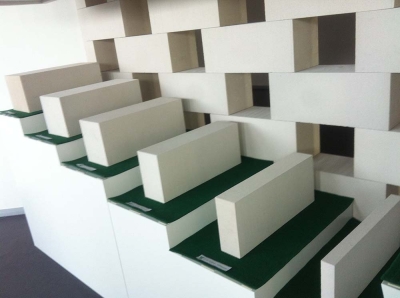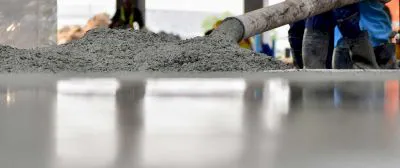


Directory of Concrete blocks suppliers in Oman
 Sharifi trading and business11 months ago
Sharifi trading and business11 months ago Sharifi tradingGroceries, Jam And Honey, Dairy, Canned Foods, Snacks, Drinks, Tea And Coffee, Nuts, Spices, Pickles
Sharifi tradingGroceries, Jam And Honey, Dairy, Canned Foods, Snacks, Drinks, Tea And Coffee, Nuts, Spices, Pickles تاج الدین وحدة التصدیر بشرکة (پردیس نگار) التجاریة14 months ago
تاج الدین وحدة التصدیر بشرکة (پردیس نگار) التجاریة14 months ago تجارة مواد الکیمیائیة (مواد شیمیایی) وأنواع الجبس (انواع گچ)
تجارة مواد الکیمیائیة (مواد شیمیایی) وأنواع الجبس (انواع گچ) Farbod trading and investment16 months ago
Farbod trading and investment16 months ago مصالح ساختمانی ، مواد غذایی ، مواد معدنی و پتروشیمی ،
مصالح ساختمانی ، مواد غذایی ، مواد معدنی و پتروشیمی ، محمد19 months ago
محمد19 months ago mohammdalmukini@gmail.com
mohammdalmukini@gmail.com محمد20 months ago
محمد20 months ago محمد
محمد




